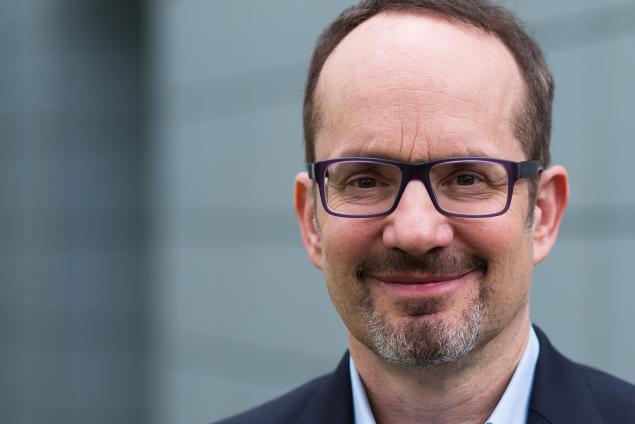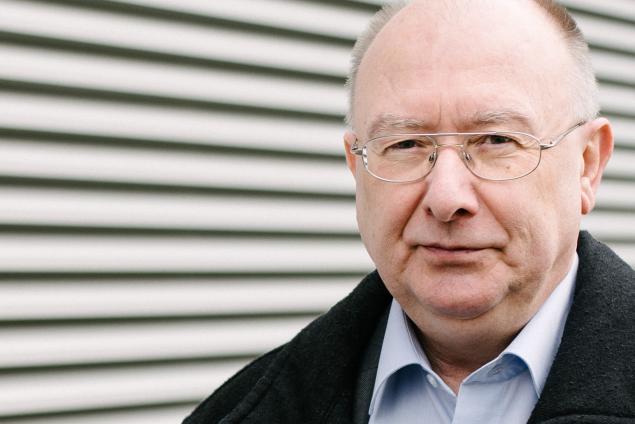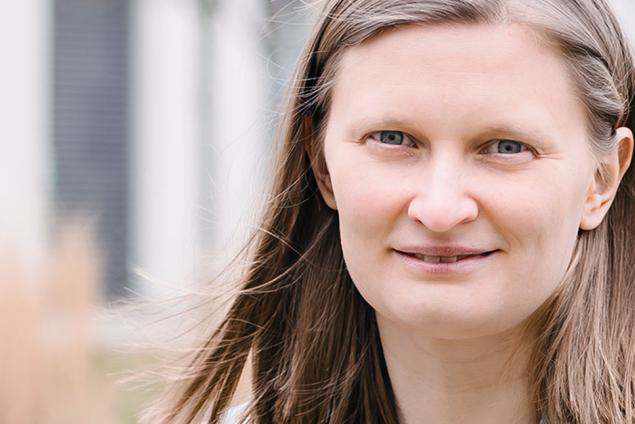Scroll to Section:
How are memories formed and stored in the human brain? This is the overarching question that leads MARINA MIKHAYLOVA’s research. As she explains, there are two important features of memory formation: plasticity and stability of dendritic spines, small protrusions where synapses are formed. Activity-dependent remodeling of the actin cytoskeleton in dendritic spines is essential for synaptic plasticity. This process is triggered by a signal sent from the connected neuron, which results in a calcium influx into the spine. The specific question presented in this video is how initial calcium influx into dendritic spines is connected to actin reorganization. To answer this question the researchers proposed that synapses would need to sense the calcium concentrations. They found that neuronal calcium binding protein caldendrin and filamentous actin-binding protein cortactin are orchestrating direct translation of the initial calcium influx into coordinated rearrangement of spinous actin filaments at the nanoscale in dendritic spines. This novel mechanism could be essential in understanding the pathology of certain synaptic diseases, such as schizophrenia.
DOI:
https://doi.org/10.21036/LTPUB10594
Institution
University Medical Center Hamburg-Eppendorf (UKE)
'Knowledge – Research – Healing through Shared Competence: The UKE
We are one of Europe´s most modern clinics. Here specialists from all fields of medicine are brought together under one roof. State-of-the-art medical technology, innovative information technology, and architecture created with the provision of medical care at the forefront, all with the aim of optimally supporting doctors, nursing staff, and therapists. The ideal conditions for the interlinkage between modern medicine, research, and teaching are found at the UKE. More than 10,000 employees work around the clock with the singular aim of providing the best medical care to our patients.' ( source )
Show more
Original publication
Caldendrin Directly Couples Postsynaptic Calcium Signals to Actin Remodeling in Dendritic Spines
Neuron
Published in 2018
Beyond
A Ground-breaking Scientific Revolution
An Alarming Challenge for Society
If I Had a Second Life
A Personal Reading Recommendation




